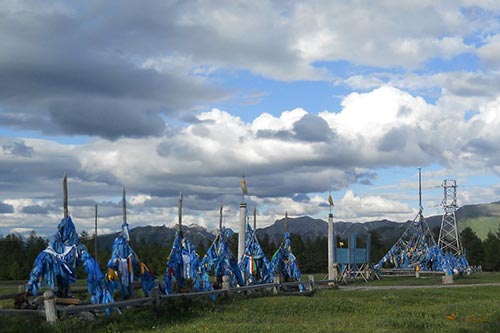

The Darkhad Depression in northern Mongolia is a stunningly beautiful landscape in one of the most remote regions of the least densely populated country in the world. The impressive Horidol Saridag mountains rise up on the southeast side of the basin, while the high altitude Ulaan Taiga comprises the western border, and the Khog, Shishged, and Tengis rivers cross the basin, eventually emptying into the Yenisei River in Siberia. At the intersection of the great boreal forests of the Siberian Taiga and the grassy plains of the Mongolian Steppe, the Darkhad is at a literal crossroads for both nature and culture. A mix of traditional hunting and herding lifeways sustain the nomadic Tuvan reindeer herders and Darkhad sheep-yak-horse-camel herders that live there.
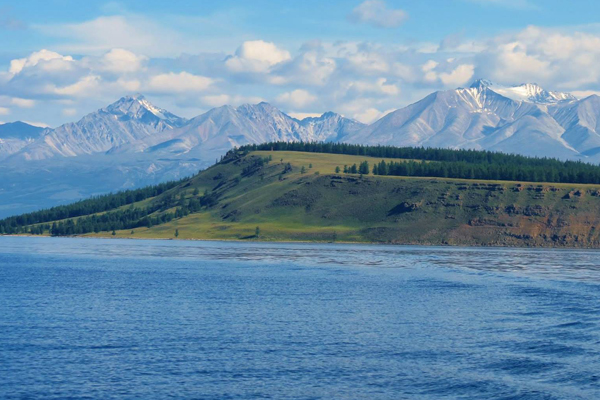

Try to imagine a 2760 sq km (1080 sq mi) alpine lake, with water so pure you can drink it. Then add dozens of 2000m (6560ft) mountains, thick pine forests and lush meadows with grazing yaks and horses, and you have a vague impression of Khuvsgul Lake, Mongolia's top scenic heart stopper. This is the deepest lake in Central Asia, with a maximum depth of 262metres and the world's 14th largest source of fresh water. Situated along the border with Russia, the lake is sacred to local Mongolians, who refer to it as 'mother'. It's full of fish and the area is home to wild sheep, ibex, bear and moose, as well as over 200 species of birds. Three separate peoples live in the area: Darkhad Mongols, Buryats and Tsaatan. It is impossible to imagine Mongolia without the uniquely m...
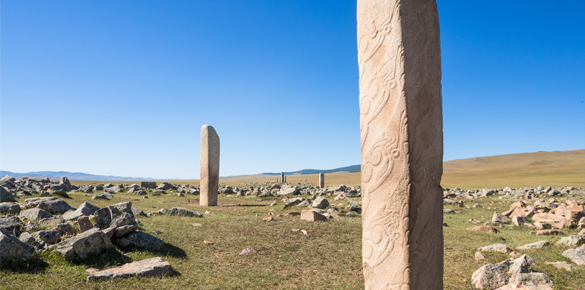

A deer-decorated stones in Uushigiin uver of Khuvsgul province considered as most clearly depicted deer stones in Mongolia. These deer stones were aligned from north to south in a single column. Each stone is 3-20m distant from each other and made of tetrahedral granite stone in reddish color. A deer, an arch, a shield, a horse, a knife, the moon, the sun and a mirror figured belt were engraved on the stones. There are around 900 hundred of these deer stones in the world, and 700 hundred of them found in Mongolia. Deer stones are ancient megaliths carved with symbols found largely in Siberia and Mongolia.The name comes from their carved depictions of flying deer. There are many theories to the reasons behind their existence and the people who made them. Deer stones a...
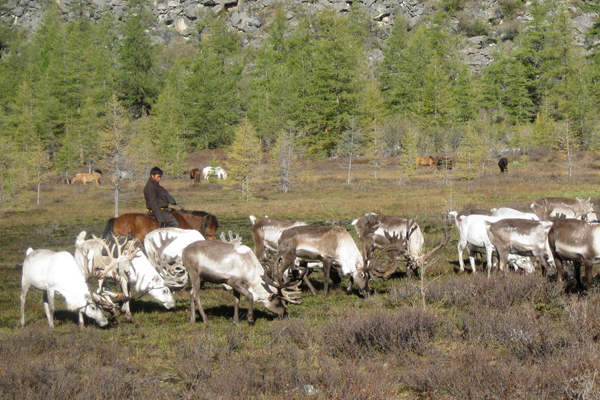

The Tsaatan people of northern Mongolia are a nomadic people who depend on reindeer for nearly all aspects of survival, as well as cultural, spiritual, linguistic, and economic identity. There are small ethnic Tuvanian people originated from Russian Siberia. Today just over 200 Tsaatan individuals live in the Mongolian taiga, an ecosystem characterized by larch trees, high moisture, and sub-arctic conditions. They move regularly within two main camp areas, between West and East Taiga, seeking pasture for their deer. Tsaatan maintain small herds of between 7 and 160 reindeer per family. Reindeer are milked daily, providing the staple component of the Tsaatan diet largely consisting of reindeer dairy products. They are an essential mode of transportation in the high mounta...
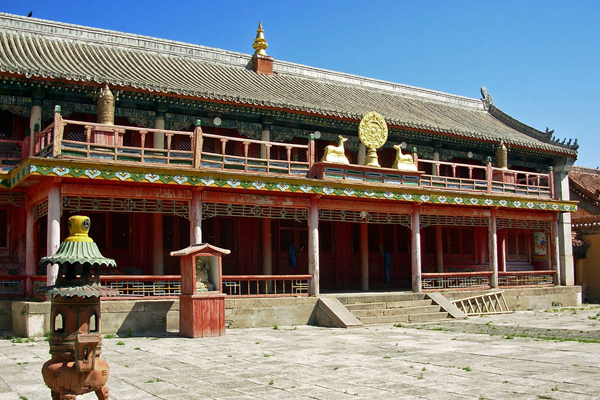

Amarbayasgalant, one of the most well known and largest monasteries of Mongolia, is located in the beautiful Iven Gol River valley on the foot of Burenkhan mountain and is about 360 km of north of Ulaanbaatar. Visitors especially enjoy the magnificent art and architectural construction. The beauty, decorations and construction of the monastery have made it one of the most magnificent architectural monuments not only in Mongolia, but in the whole Asia. The monastery was established by order of Manju emperor Enkh- Amgalan Khan, to cherish and give respect to the Undur Geghen Zanabazar, the first Buddhist saint of Mongolia, for his skills, wisdom, intellect and accomplishments. 3730 kg of silver from the state fund were used to build a magnificently styled place for B...
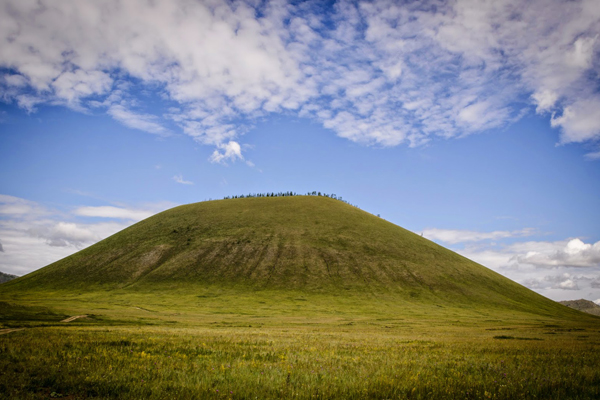

Uran Mountain lies west of Bulgan city en route to Khuvsgul area. This is an extinct volcano with crater of 600 meter wide and 50 meter deep filled with small Crater Lake. Extinct volcano of Uran Mountain and nearby Togoo Mountain, now part of the 1600 hectare Uran-Togoo Tulga Uul Natural Reserve in the sum (district) of Khutag-Ondor. This mountain ranks as 4th highest mountain in Bulgan province. It is located about 60 km directly west of Bulgan city. Uran Mountain is a pretty good place to break the journey to Khuvsgul. It has been protected since 1965, and today enjoys the statue of Natural Monument. It is really fascinating mountain and home for Red deer, Argali-sheep, Wild boar, Siberian ibex and Ruddy shelduck.